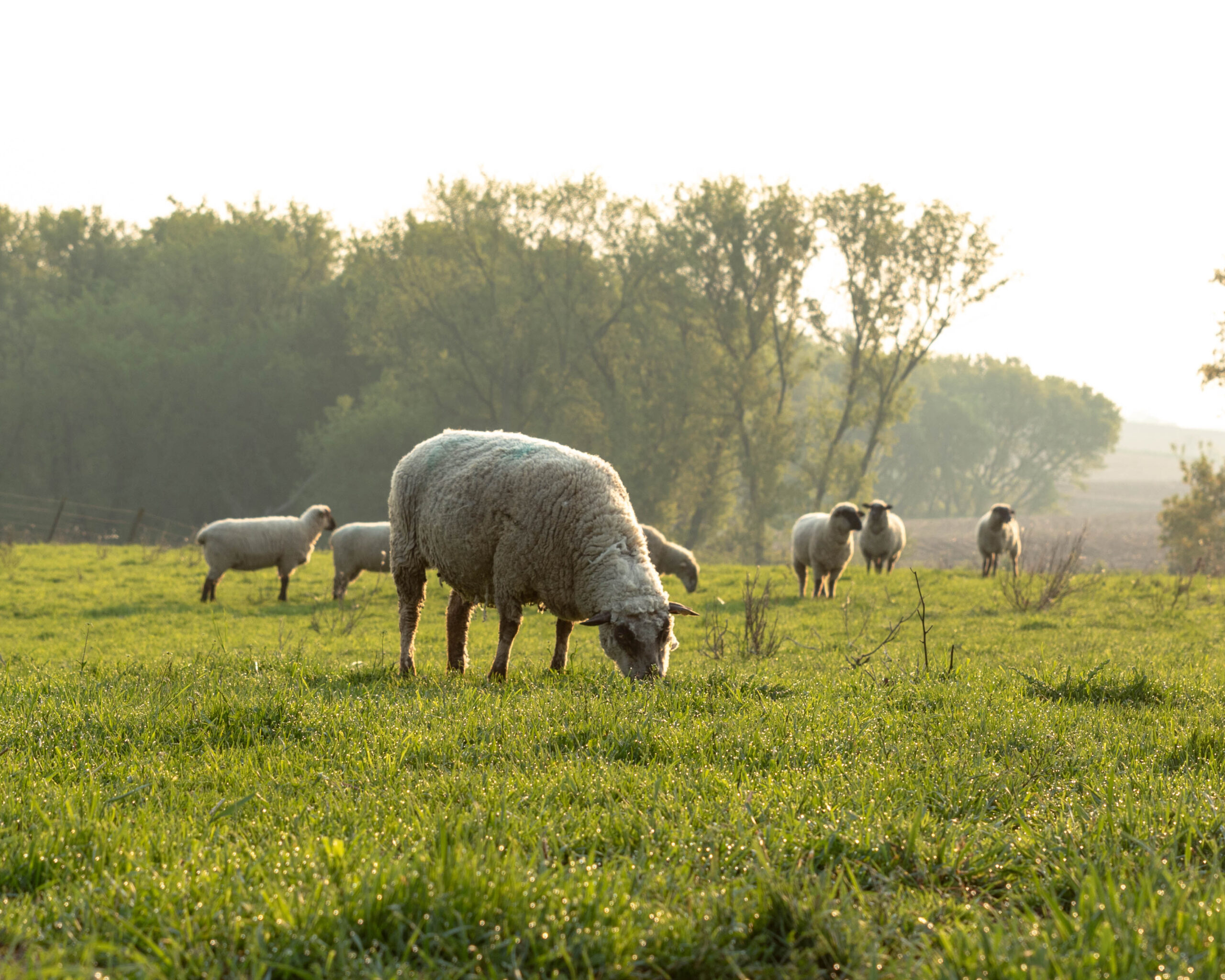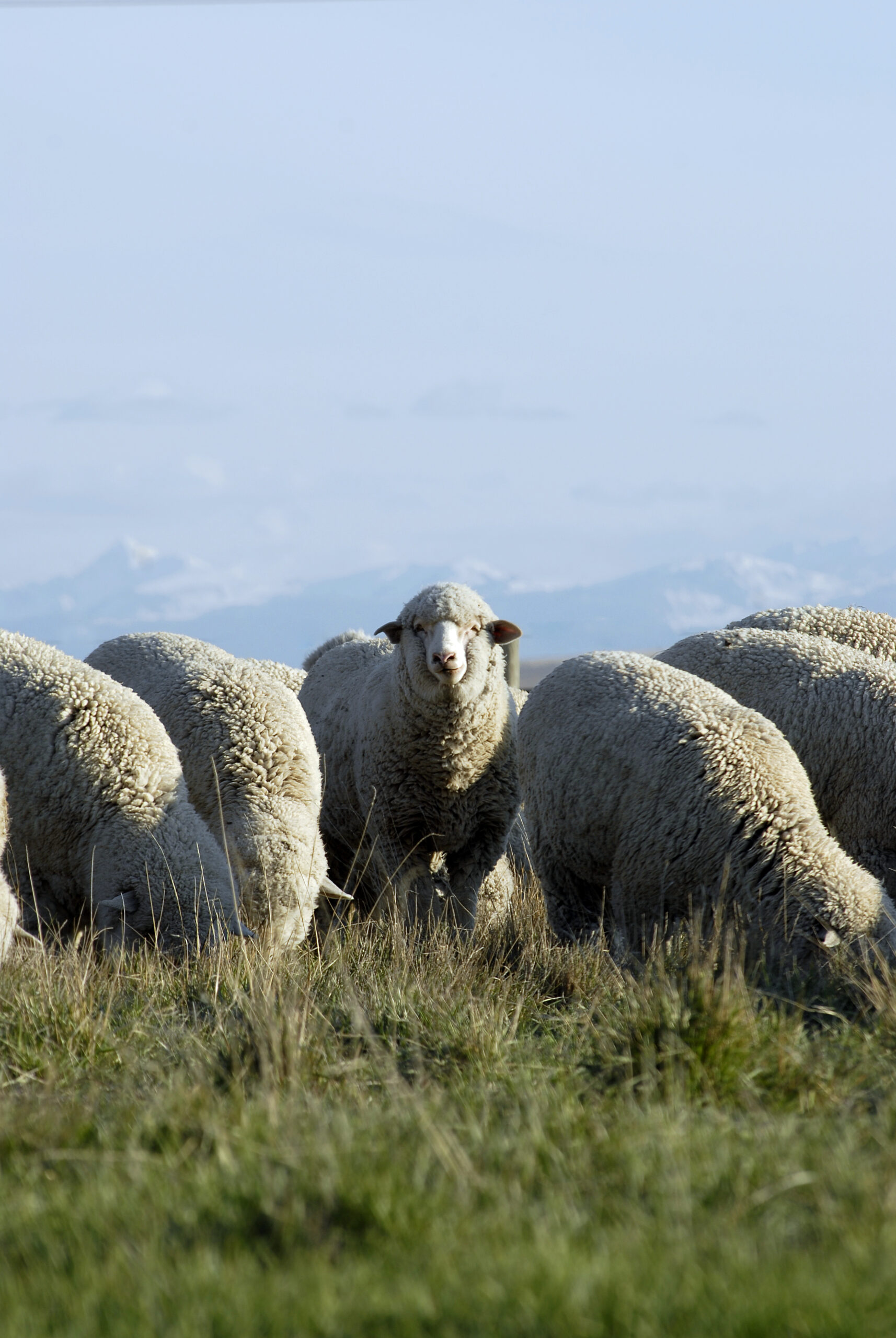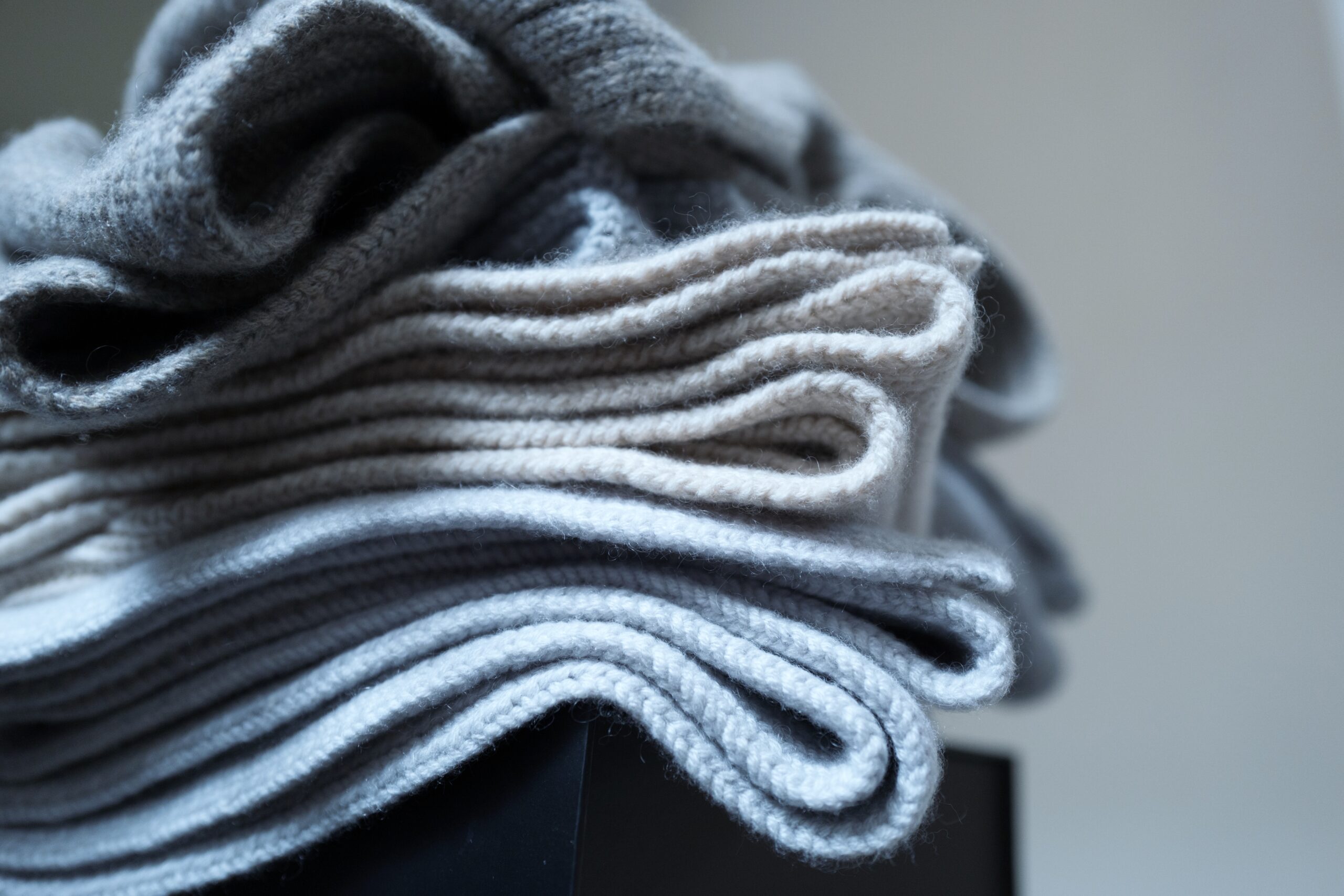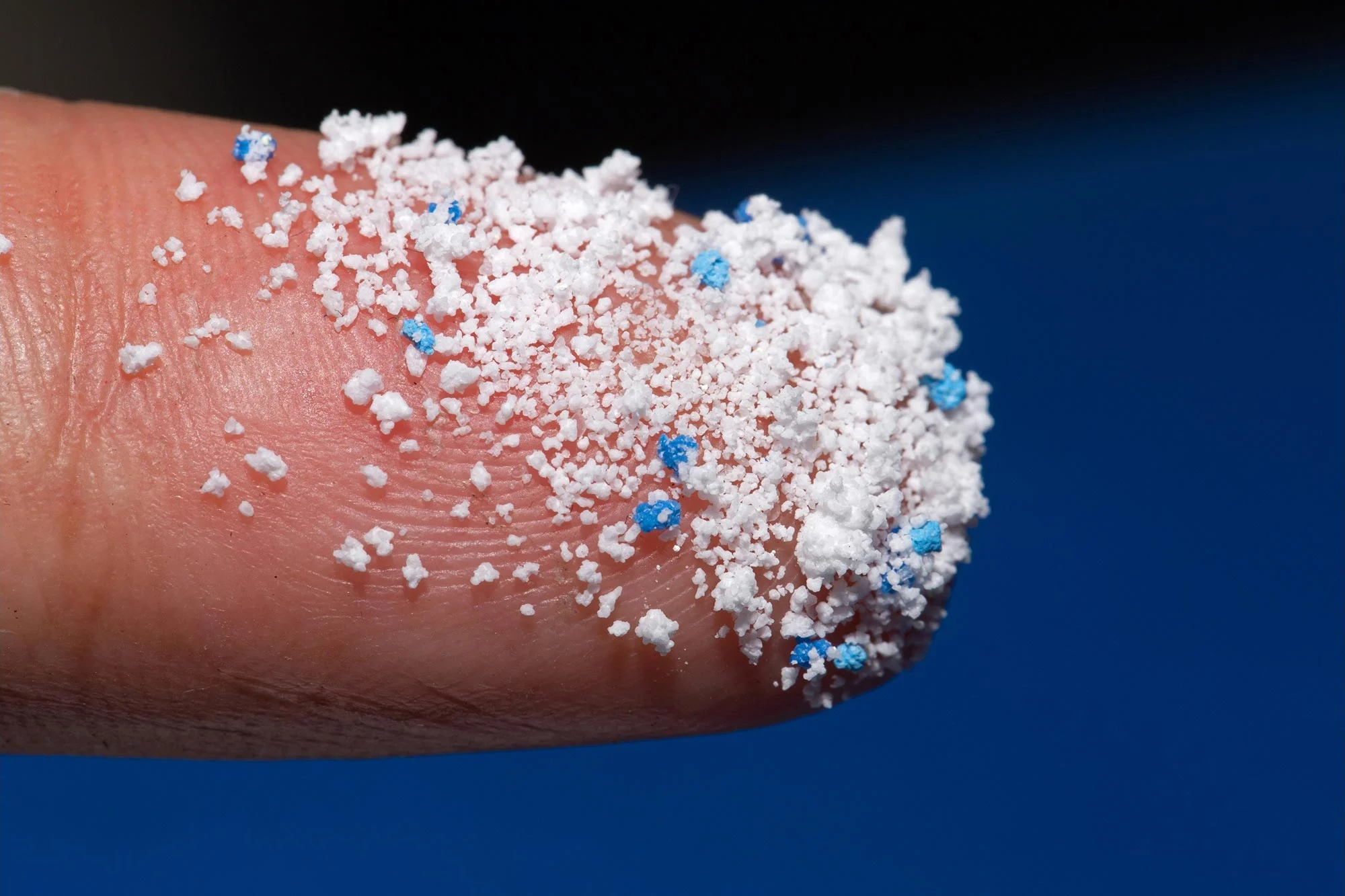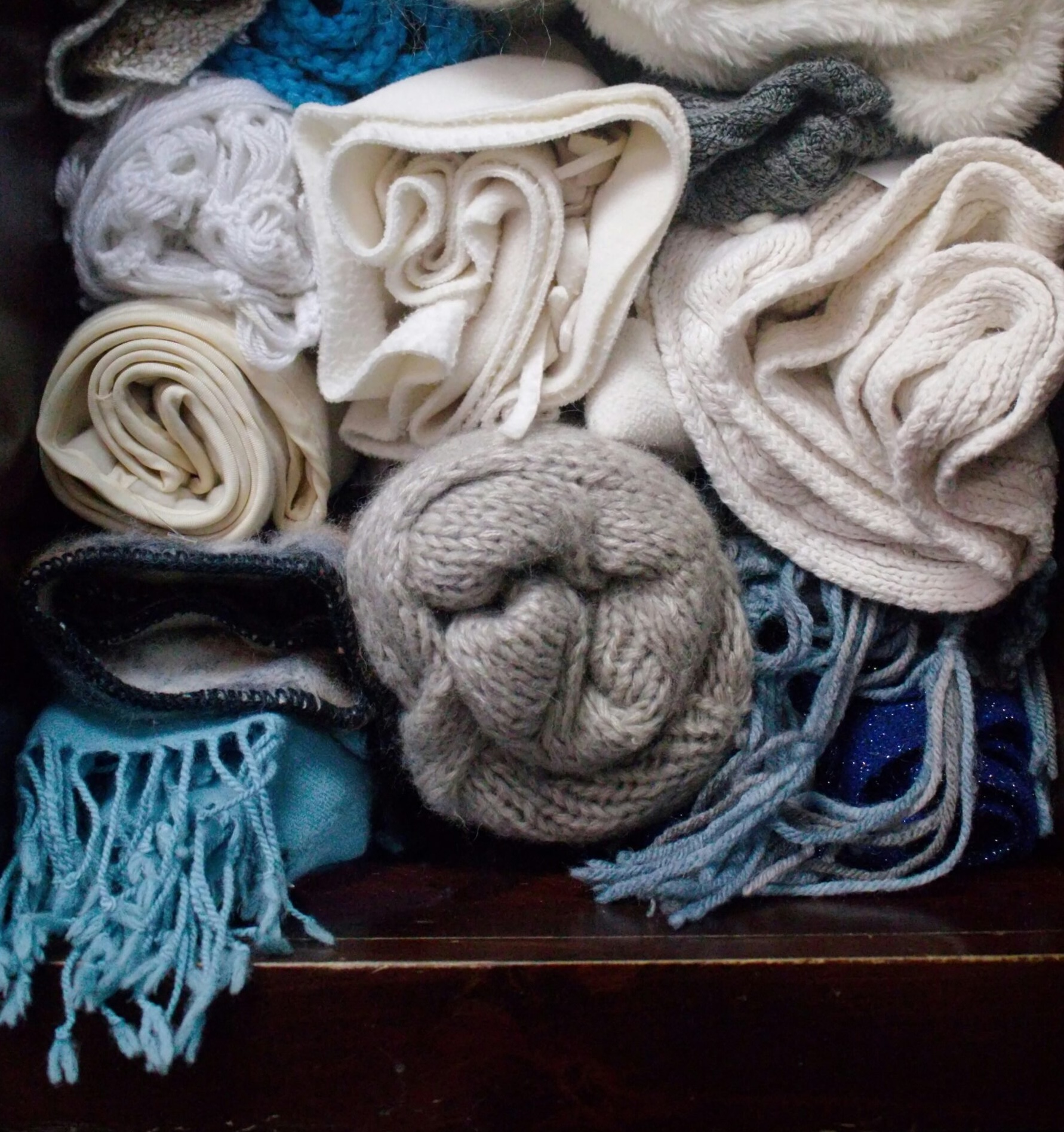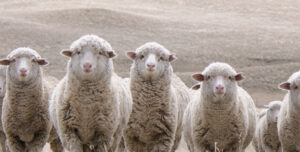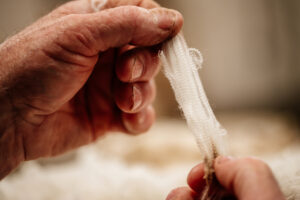The Fiber
A natural choice that supports the planet from start to finish.
Wool is more than a sustainable choice—it’s a natural fiber that embodies responsibility and care for the planet. From its renewable origins to its biodegradable end-of-life, wool’s unmatched qualities make it a thoughtful option for those who prioritize sustainability without compromise.
Why Choosing Wool Matters
100%
Wool is 100% natural and renewable. Sheep grow a new fleece every year, making wool a self-replenishing fiber with a low environmental impact.
67M Tons
Much of it fast fashion made to be discarded. Wool garments, by contrast, are timeless, durable, and made to last, staying in wardrobes longer and reducing the need for frequent replacements.
3-6 Months
Wool quickly decomposes in soil and releases nutrients like nitrogen and sulfur back into the soil.
700,000
Synthetic fabrics can release up to 700,000 microplastic fibers per wash. Wool sheds none. while wool is a 100% natural fiber that sheds no microplastics. And it's natural fibers biodegrade safely on both land and in sea.
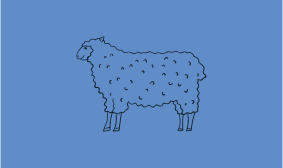
Wool offers consumers a tangible way to reduce their environmental footprint today. It’s not just a fabric—it’s a movement toward sustainability." Dr. Roy Kettlewell, Wool Industry Expert

Explore Wool’s Role In The Circular Economy
Discover the Full Impact of Wool
Natural, Sustainable, American-Grown
Learn More
